Commentaries on Physical Activity and Health
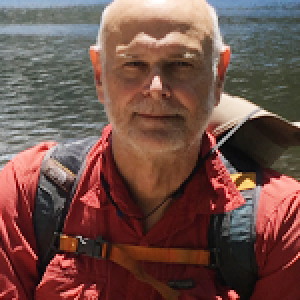
The Physical Activity Guidelines for Americans, 2nd edition — Reflections from Advisory Committee Member David Buchner
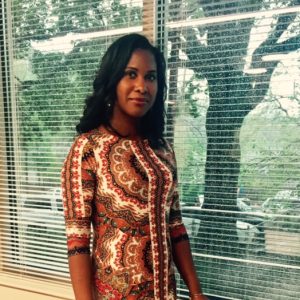
Abundant Health for All — Embracing Health Promotion Programs in the Faith-based Setting
U.S. Health Program Manager, Global Health Unit
United Methodist Church
“On any given Sunday there are millions of people attending church services. Faith-based communities offer a unique platform, serving as influential gatekeepers to a captive audience. People trust their pastors and their church. When sharing a message of health and wholeness with congregations, faith-based communities have the prime opportunity to improve health globally.”
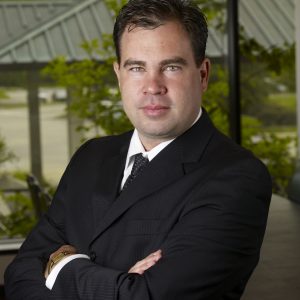
Is the U.S. Leading or Lagging? The 2018 Global Matrix of Report Cards for Physical Activity in Children and Youth
Children and youth are not immune to the global pandemic of physical inactivity. Given the negative health and social concerns associated with a physically inactive lifestyle, parents, teachers, researchers and health professionals should be personally invested in creating healthy, safe and active environments for our children. Although most of my time is devoted to research, I try to contribute as much as possible to advocacy efforts that can help get kids moving. One such initiative is the Active Healthy Kids Global Alliance, which is a not-for-profit organization of researchers, health professionals and stakeholders who are working together to advance physical activity in children and youth from around the world.

Transforming Active Transportation: Impacts of Safe Routes to School
The Safe Routes to School National Partnership works to ensure communities where children can walk and bike to school without harm, feeling confident and safe in doing so. Only 13% of children currently walk and bike to school. Safe Routes to School aims to make walking and biking to school a cultural norm. The NPAPA sat down with Cass Isidro, the executive director of Safe Routes to School National Partnership, to discuss the role of policies and partnership on the success and evolution of the Safe Routes movement.
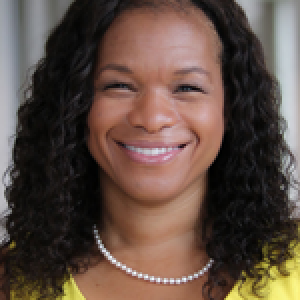
Environment and Culture: The Importance of Walking and Walkability
Physical inactivity continues to have major consequences and cost for the American healthcare system. Meanwhile, the healthcare sector offers a unique, and critical, environment for successful physical activity promotion. The NPAPA discussed the role of the healthcare sector, along with the specific challenges faced in the promotion of physical activity, with Dr. Liz Joy, Medical Director of Community Health and Food & Nutrition at Intermountain Healthcare in Salt Lake City, Utah.
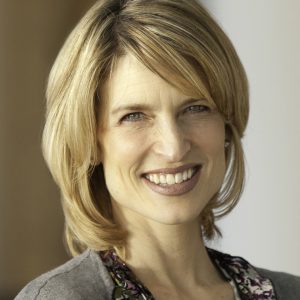
Prioritizing Physical Activity Messaging: The Role of Communications in an Evolving Field
The words, messages, and metaphors we use have an enormous impact on how people perceive and experience being physically active. The NPAPA recently spoke with Dr. Michelle Segar, about the impact physical activity messages have on people’s motivation for exercising, and the physical activity field more broadly.
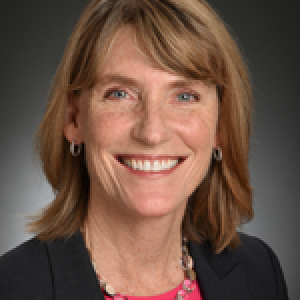
Preaching What You Practice: Physical Activity Promotion in Healthcare
Physical inactivity continues to have major consequences and cost for the American healthcare system. Meanwhile, the healthcare sector offers a unique, and critical, environment for successful physical activity promotion. The NPAPA discussed the role of the healthcare sector, along with the specific challenges faced in the promotion of physical activity, with Dr. Liz Joy, Medical Director of Community Health and Food & Nutrition at Intermountain Healthcare in Salt Lake City, Utah.
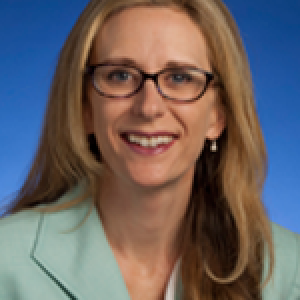
Tackling Health on all Fronts in Tennessee
In a recent conversation with Leslie Meehan, the Director of Primary Prevention at the Tennessee Department of Health, the NPAP explores the role of physical activity within the Tennessee Department of Health’s Health in All Policies Initiative .
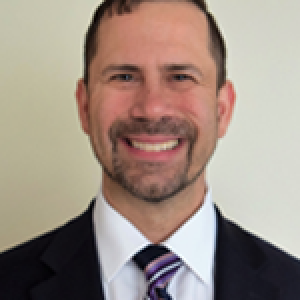
Recreation and Parks – Are They America’s Best Health Value?
Community-based park and recreation services reach Americans from all walks of life and serve as a key partner in promoting physical activity and health. Characteristics of the park and recreation system that contribute to the nation’s health include its scope and widespread availability, its relative cost vs. return on the health investment achieved, and the nature of the physical activities it provides.
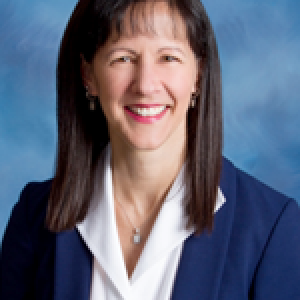
Physical Activity’s Benefits Aren’t Just for the Able Bodied
I started my career as a physical therapist in early 1989. In August of that year, DeVivo and colleagues published data regarding the leading causes of death among individuals who sustained a spinal cord injury (SCI) between 1973 and 1980. Pneumonia, septicemia and pulmonary embolism were the prevailing threatening conditions at the time. Four years later, non-ischemic and ischemic heart disease had crept onto the list. Today, lethal cancers in their many forms are in 3rd place – a perverse unintended consequence of the success of “model systems” of SCI management. We can save the most profoundly impaired individuals after the initial crisis (remember Christopher Reeve?), but we cannot spare them from the chronic diseases that have afflicted the able bodied population in progressively greater numbers.
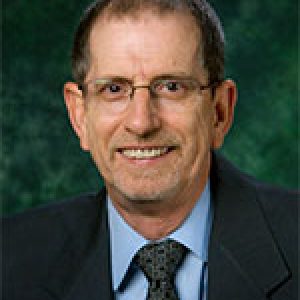
My, how things have changed in 40 years! The National Physical Activity Plan Education Sector
June 1, 2016 – I didn’t go to work today – for the first time in my adult life I don’t have a job. I retired yesterday after 40 years as a university professor. It is interesting how things all come together. I have been in school every semester (except one when in the United States Air Force basic training) since 1952. That is 64 years of schooling. I began school about the time a report on American youth physical fitness levels “shocked” President Eisenhower.
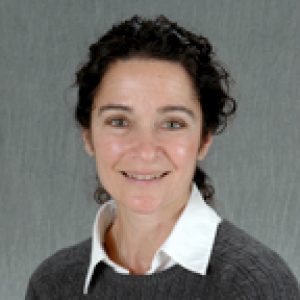
Physical Activity Policies are Healthy Public Policies
The modern-day sedentary lifestyle, along with its consequent metabolic and cardiovascular complications has now achieved substantial public health prominence. This public health burden is not clustered solely among industrialized nations, but is now observed in developing countries as well. Public health policy has been an important component of health advances over the past century in the areas of sanitation, immunization, work place safety, automobile safety, and most recently, tobacco use. Unfortunately, the application of research to policy efforts toward the promotion of an active lifestyle has yet to be fully realized.
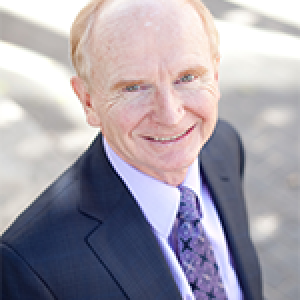
Physical Literacy and the Rose: What Would Shakespeare Say?
“What’s in a name?” Is physical literacy simply “a rose by any other name”? In a recent paper,1 we identified the similarity of the terms “physically literate” and “physically educated” and, from a definitional perspective, found little difference. According to most dictionaries, literacy is identified primarily as the ability to read and write. The term, however, is often used more broadly to refer to having knowledge or competence in an area (e.g., cultural or computer literacy).
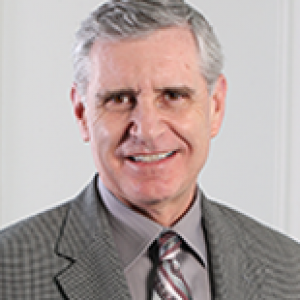
Physical Literacy: More than Just a New Fad
One of the earliest mentions of the term physical literacy in an academic journal was in 1938.2 Since that time, it was seldom used until the early 1990s when the term garnered more significant interest following Margaret Whitehead’s landmark publications on the concept of physical literacy. Today, physical literacy is the goal of SHAPE America’s National Standards for K-12 Physical Education.3 This brings it in line with terminology currently used in other subject areas such as health literacy and math literacy.
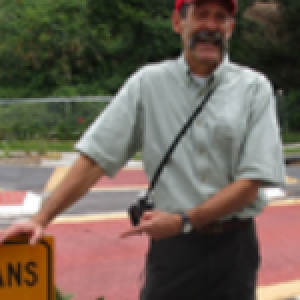
Building a World for Free Range Kids
The National Physical Activity Plan is currently being updated, and to some this may seem to be nothing more than an exercise in rhetoric. It could be argued that it’s just adding more words that keep saying the same thing: 1. Americans should be more physically active, and … 2. We need to put in place programs, physical infrastructure, and policies that make this more likely to occur. The plan proposes to build a world, as it were, where being physically active is the default. As a member of the team working on the Transportation, Land Use, and Community Design sector (TLUCD), and a collaborator with many of the other sector teams, I can say that with this update the plan is taking an important evolutionary step. It’s getting into the weeds and exploring the details of what it’s going to take to actually create such settings. Or in plain English, exploring what it’s going to take to rebuild a world for free range children.

How Much Physical Activity is Good Enough?
In August, Dr. Ken Powell wrote a compelling article on why physical activity should be regarded as a great bargain – a “best buy” – for public health1. Yet we Americans largely aren’t buying. One of the reasons he gives is that there is a mistaken notion that this best buy requires a large commitment on our part: a significant investment with regard to time spent and physical effort (intensity) required. How did this belief come about? And, indeed, how much physical activity is good enough to qualify as a best buy?
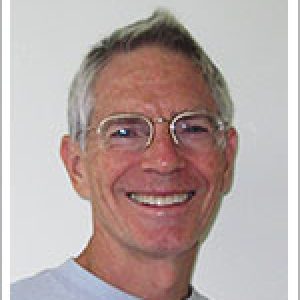
Physical activity is the “best buy” for Americans
In 1994, Professor Jeremy Morris, speaking at a symposium honoring Dr. Ralph Paffenbarger’s 70th birthday, proclaimed physical activity as the “Best Buy in Public Health.”1 Morris and Paffenbarger are the founding fathers of physical activity as a public health issue because of their seminal epidemiologic research in the 20th century. Today, more than 20 years later, bargain-hunting American consumers who usually buy anything “on sale,” aren’t buying. For more than 20 years, the estimated proportion of Americans meeting the recommended volume for weekly physical activity has been stable. Little or no change has occurred except when the measurement device or the definition of recommended activity has changed. Americans today are less active than Americans 50 years ago because the volume of “baseline physical activity” – the physical activity of everyday activities – has declined. Most Americans who meet current guidelines are no more and probably less active than the less active comparison groups in the research studies of Professors Morris and Paffenbarger. Was Dr. Morris wrong? Is physical activity not the “best buy” we thought it was? And if it is, why aren’t we buying?

